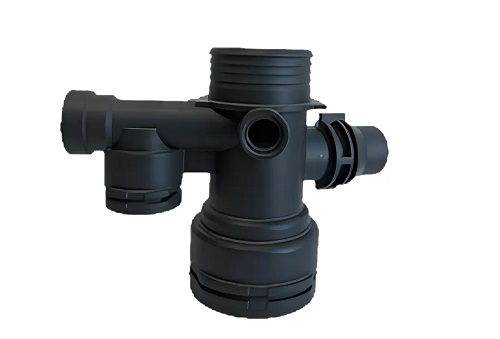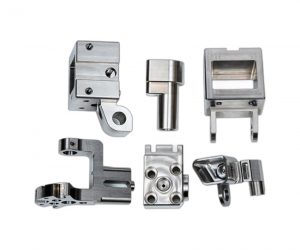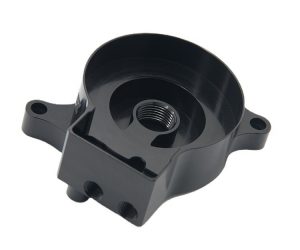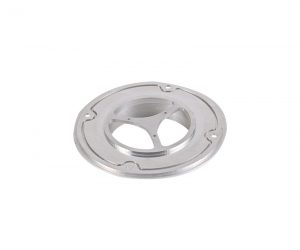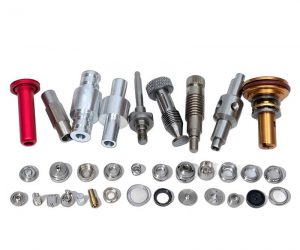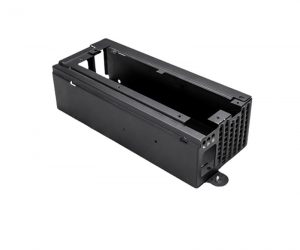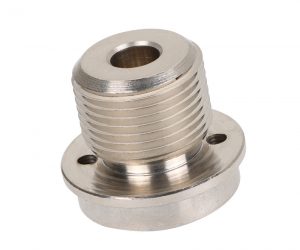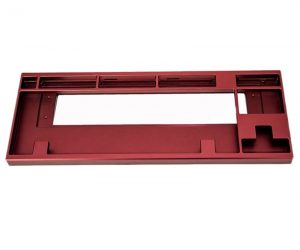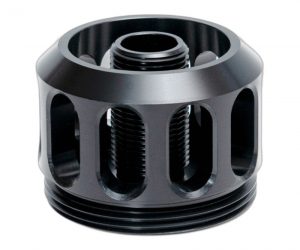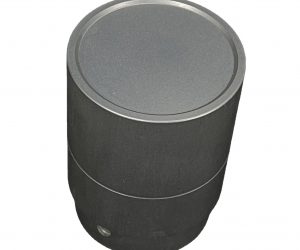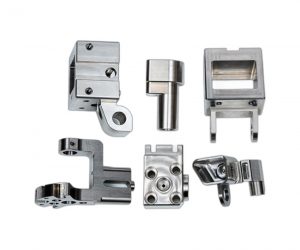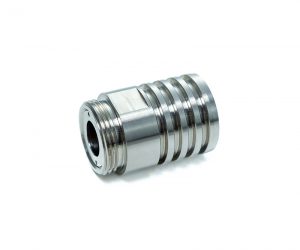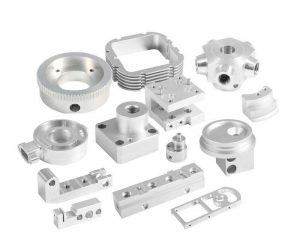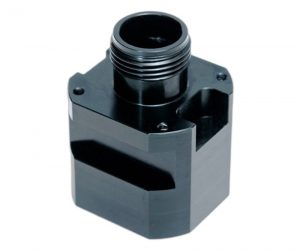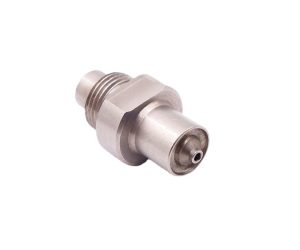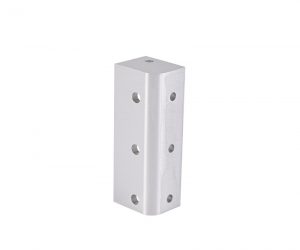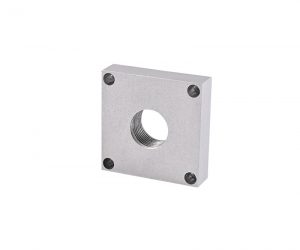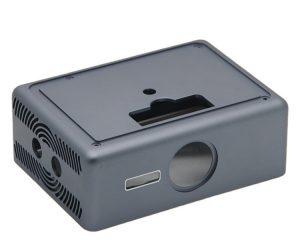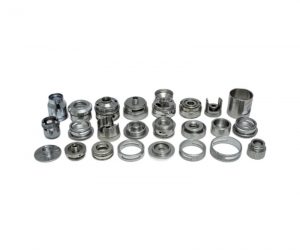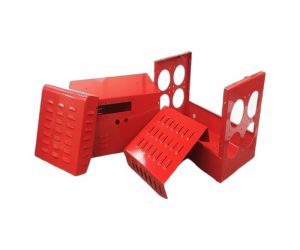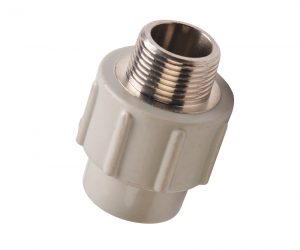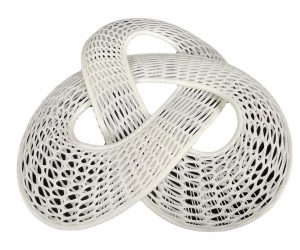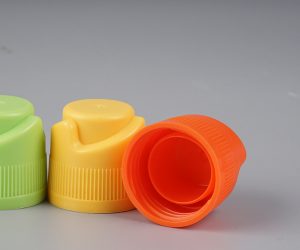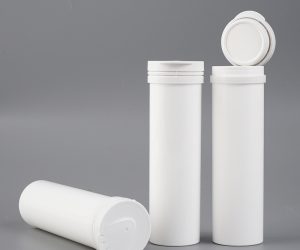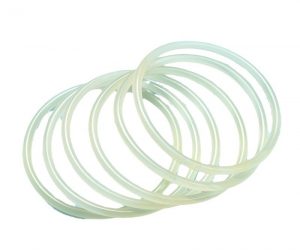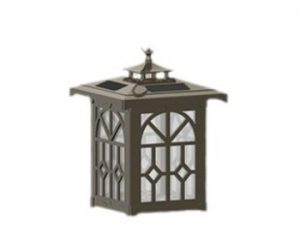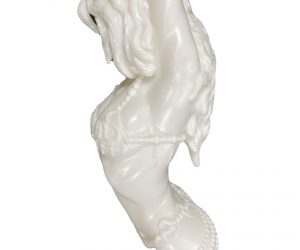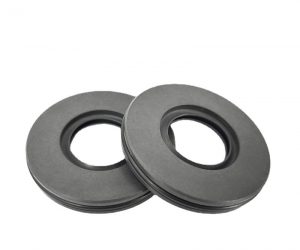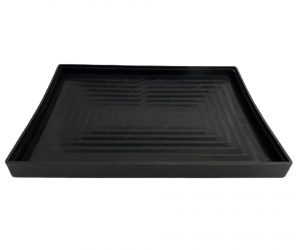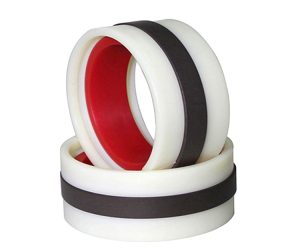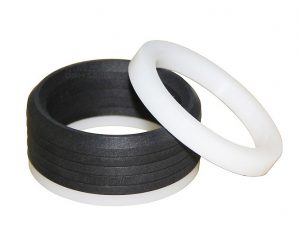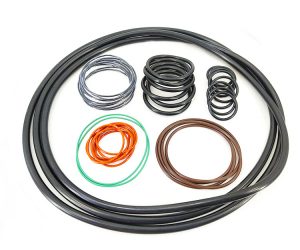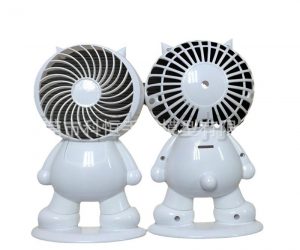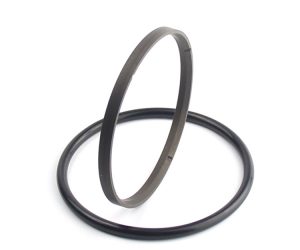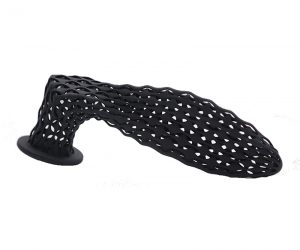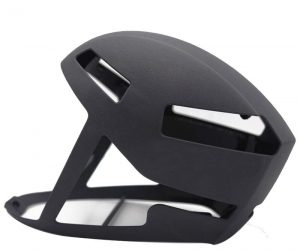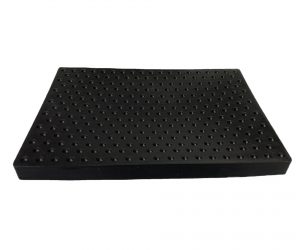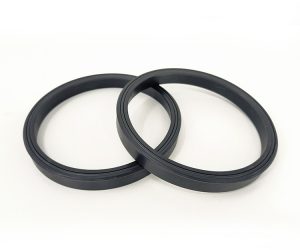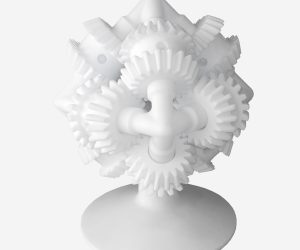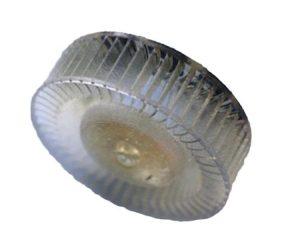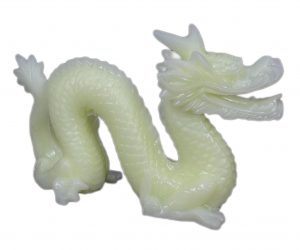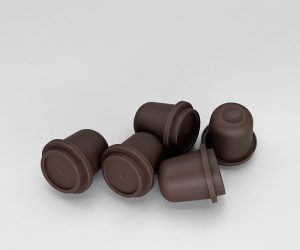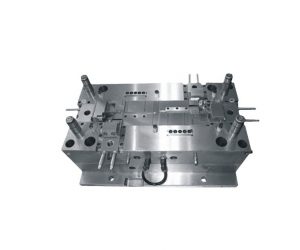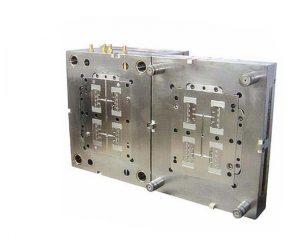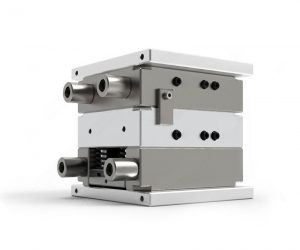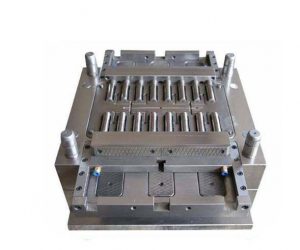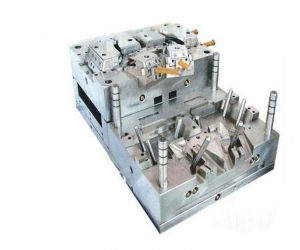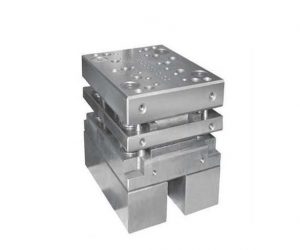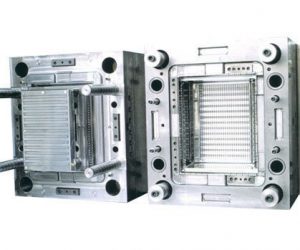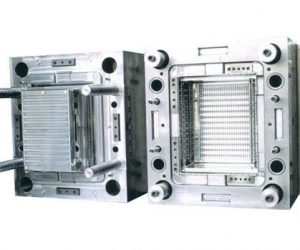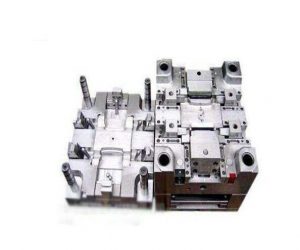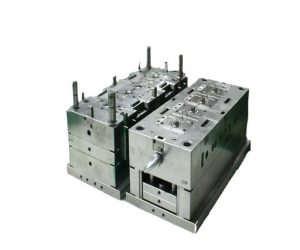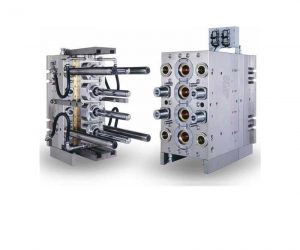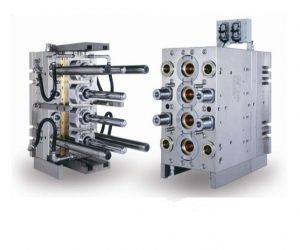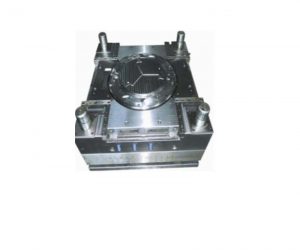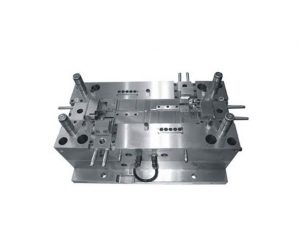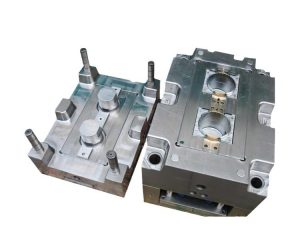Discover how 3D 프린팅 is transforming the cycling industry, enabling customization, prototyping, and race-winning innovation. Explore the exciting world of 3D printed bicycle parts and their impact on the future of bike design and performance.
나. 소개
ㅏ. Emergence of 3D Printing in Cycling
The cycling industry has long been at the forefront of innovation, constantly pushing the boundaries of design, 성능, and personalization. In recent years, the emergence of 3D 프린팅 has brought about a revolutionary shift in the way bicycle parts are created, customized, and even raced. From custom-fitted components to rapid prototyping and on-demand manufacturing, 3D printing is transforming the cycling landscape, empowering enthusiasts, 디자이너, 그리고 제조업 자 alike.
비. What to Expect from 3D Print Bicycle Parts
This guide will take you on an in-depth exploration of the exciting world of 3D printing for bicycle parts. You'll discover how this cutting-edge technology is redefining the cycling industry, enabling unprecedented levels of customization, prototyping, and even race-winning innovation. Along the way, we'll delve into the basics of 3D printing, the 재료 used, and the various 애플리케이션 of this game-changing tool in the cycling realm. Prepare to be inspired by real-world case studies, learn about the challenges and considerations, and gain insights into the future of bike design and performance.
II. Basics of 3D Printing for Cycling Enthusiasts
ㅏ. How 3D Printing Works
At the heart of the 3D printing revolution is a process known as additive manufacturing, where a 디지털 3D model is transformed into a physical object, 층별로. This process allows for the creation of complex, intricate, and customized parts that would be difficult or impossible to produce using traditional manufacturing methods. In the context of cycling, 3D printing opens up a world of possibilities, from creating personalized components to rapidly prototyping new designs.
비. Materials Used in 3D Printing for Bicycles
The range of 재료 used in 3D printing for bicycle parts is constantly expanding, catering to the diverse needs of cyclists. From lightweight and durable thermoplastics like nylon 그리고 폴리카보네이트 to high-performance materials like titanium and carbon fiber 복합재, 3D printing offers a vast array of options for creating custom and functional bicycle components. Each material has its own unique properties, strengths, 그리고 애플리케이션, allowing designers and manufacturers to optimize performance, weight, and aesthetics.
씨. Advantages of Using 3D Printing in Bicycle Manufacturing
The adoption of 3D printing in the cycling industry has brought about numerous benefits, including increased customization, rapid prototyping, and on-demand parts production. By leveraging the flexibility and precision of additive manufacturing, bicycle companies and enthusiasts can create components that are tailored to individual riders' needs, optimizing comfort, 성능, and even race-winning potential. 추가적으로, 3D printing enables quick iterations and the testing of new designs, accelerating the innovation process and reducing the time-to-market for cutting-edge bicycle technologies.
III. Customization and Personalization
ㅏ. Designing One-of-a-Kind Bicycle Parts
With 3D printing, the possibilities for creating one-of-a-kind bicycle parts are virtually limitless. Cyclists can now design and 3D print custom components, ranging from specialized grips and saddles to intricate frame elements and suspension components. This level of personalization allows riders to not only optimize the fit and function of their bikes but also express their unique style and preferences. The ability to create bespoke parts empowers cyclists to stand out from the crowd and push the boundaries of bicycle design.
비. Fit, Form, and Function Personalization
One of the most significant advantages of 3D printing in the cycling industry is its ability to provide a perfect fit, form, and function for individual riders. By leveraging 3D scanning and modeling technologies, cyclists can create personalized components that cater to their specific body types, riding styles, and performance needs. From custom-fitted handlebars and seatposts to tailored suspension systems and aerodynamic features, 3D printing enables the optimization of every aspect of the bicycle, enhancing comfort, 능률, and overall ride quality.
씨. Community and Open-Source Designs
The cycling community has embraced the power of 3D printing, with enthusiasts and designers sharing their creations through open-source platforms and online communities. This collaborative approach has fostered a vibrant ecosystem of 3D printed bicycle parts, allowing riders to access a wealth of innovative designs, customization options, and DIY resources. From downloadable 3D models to tutorials and maker spaces, the cycling community is actively driving the evolution of 3D printing in the industry, inspiring new levels of creativity and empowering riders to take an active role in the development of their machines.
IV. Applications of 3D Printing in Bicycle Parts
ㅏ. Prototyping New Designs Rapidly
One of the standout advantages of 3D printing in the cycling industry is its ability to accelerate the prototyping process. Rather than relying on traditional manufacturing methods that can be time-consuming and expensive, designers and engineers can now create high-quality prototypes in a matter of hours or days, allowing for rapid iterations and the testing of new concepts. This agility enables bicycle companies to quickly respond to market demands, stay ahead of the curve, and bring innovative products to cyclists with greater speed and efficiency.
비. Manufacturing Lightweight and Complex Structures
The unique capabilities of 3D printing allow for the creation of lightweight and intricate bicycle components that would be challenging or impossible to produce using conventional manufacturing techniques. From complex frame geometries and suspension systems to customized handlebars and seatposts, 3D printing enables the fabrication of parts that are both structurally sound and visually stunning. This level of design freedom unlocks new possibilities for enhancing the performance, responsiveness, and overall riding experience of bicycles.
씨. On-Demand Parts Production and Replacement
In the fast-paced world of cycling, the ability to quickly produce and replace parts is crucial. 3D printing has revolutionized the way bicycle companies and enthusiasts approach parts manufacturing, allowing for on-demand production and rapid replacement of components. Whether it's a unique spare part or a limited-edition accessory, 3D printing enables the creation of these items as needed, reducing inventory costs, minimizing waste, and ensuring that cyclists can keep their bikes running at their best.
V. Case Studies: Success Stories
ㅏ. Professional Races and Championships Won with 3D Printed Parts
The impact of 3D printing on the cycling industry can be seen in the success stories of professional racers and teams who have leveraged this technology to gain a competitive edge. From custom-designed aerodynamic components to lightweight and responsive suspension systems, 3D printed parts have helped cyclists win major championships and push the boundaries of what's possible in the sport. These case studies showcase the transformative power of additive manufacturing, highlighting how 3D printing is redefining the future of high-performance cycling.
비. Innovative Designs by Cycling Aficionados
The cycling community has embraced 3D printing with open arms, with enthusiasts and DIY makers pushing the limits of what's possible. From custom-fitted grips and saddles to intricate frame elements and suspension linkages, passionate cyclists have demonstrated the potential of this technology to create truly innovative and personalized bicycle parts. These inspiring case studies not only showcase the creativity and technical expertise of these makers but also inspire others to explore the boundless possibilities of 3D printing in the cycling world.
씨. Collaborations Between Makers and Bicycle Companies
The synergy between 3D printing enthusiasts and established bicycle companies has led to some remarkable collaborations and innovations. By combining the creativity and agility of makers with the resources and expertise of industry leaders, these partnerships have produced cutting-edge bicycle components that are redefining the future of the sport. From custom-designed frames to specialized accessories, these case studies highlight the power of collaboration in harnessing the potential of 3D printing to push the boundaries of bicycle design and performance.
VI. Challenges and Considerations
ㅏ. Quality Assurance and Testing Standards
As 3D printing becomes more prevalent in the cycling industry, the need for robust quality assurance and testing standards becomes increasingly important. Ensuring the safety, reliability, and performance of 3D printed bicycle parts is crucial, as these components must withstand the rigors of cycling while maintaining the highest levels of quality and durability. This challenge requires close collaboration between 3D printing experts, bicycle engineers, and industry regulators to develop and implement effective testing protocols that safeguard the integrity and performance of 3D printed bicycle parts.
비. Integrating 3D Printing into Traditional Bicycle Making
The integration of 3D printing into the traditional bicycle 제조 공정 is not without its challenges. Bridging the gap between additive and subtractive manufacturing, as well as navigating the technical and logistical hurdles, requires a strategic and well-executed approach. Bicycle companies must carefully evaluate the appropriate applications of 3D printing, striking a balance between leveraging its capabilities and seamlessly incorporating it into their existing workflows and production methods.
씨. Cost Efficiency and When to Use 3D Printing
While 3D printing has revolutionized the cycling industry, it's important to consider the cost-effectiveness of this technology. For certain applications, such as low-volume or highly customized parts, 3D printing can be a viable and cost-efficient solution. 하지만, for high-volume production or parts that can be more economically manufactured using traditional methods, the cost-benefit analysis must be carefully evaluated. Striking the right balance between the advantages of 3D printing and the overall cost-effectiveness is crucial for bicycle companies and enthusiasts to maximize the value of this technology.
Ⅶ. The Future of 3D Printing in Cycling
ㅏ. Technological Advancements and Innovations on the Horizon
The cycling industry is poised for even more remarkable advancements as 3D printing technology continues to evolve. Innovations in materials, printing processes, and design software are set to unlock new possibilities for bicycle parts and components. From the development of high-performance composites to the integration of smart sensors and embedded 전자 제품, the future of 3D printing in cycling promises to be both exciting and transformative. As the technology matures, cyclists can expect to see even more personalized, 효율적인, and performance-enhancing bicycle parts emerge.
비. Potential Impact on Bicycle Industry and Sports
The widespread adoption of 3D printing in the cycling industry has the potential to disrupt traditional business models, supply chains, and even the competitive landscape of the sport. As the accessibility and cost-effectiveness of this technology improve, it could empower smaller manufacturers, independent designers, and even individual cyclists to take a more active role in the development and production of bicycle parts. This democratization of design and manufacturing could lead to a surge in innovation, personalization, and niche-market offerings, ultimately benefiting cyclists and the industry as a whole.
씨. Environmental Implications and Sustainability
Alongside the technological advancements, the environmental impact of 3D printing in the cycling industry is an important consideration. The ability to create parts on-demand and reduce waste through additive manufacturing could lead to more sustainable and eco-friendly bicycle production. 추가적으로, the potential for using recycled or biodegradable materials in 3D printing holds promise for reducing the industry's carbon footprint. As the cycling community and manufacturers continue to prioritize sustainability, the integration of 3D printing into the design and 제조 공정 will play a pivotal role in shaping a more environmentally conscious future for the sport.
Ⅷ. Getting Started with 3D Printing Bicycle Parts
ㅏ. Setting Up a 3D Printing Workshop for Cycling Enthusiasts
For cycling enthusiasts interested in exploring the world of 3D printing, setting up a dedicated workshop can be an exciting and rewarding endeavor. This process involves carefully selecting the right 3D printer, investing in appropriate software and design tools, and building a workspace that supports the creation of high-quality bicycle parts. From choosing the right materials to mastering the technical aspects of 3D printing, this section will provide a comprehensive guide to help cyclists establish their own 3D printing workshop and dive headfirst into the world of custom bicycle components.
비. Tips for Designing and Printing Your Own Bicycle Parts
Designing and printing your own bicycle parts can be a thrilling and empowering experience. This section will offer a wealth of practical tips and insights to help cyclists navigate the design process, from 3D modeling and file preparation to optimizing print settings and post-processing techniques. Whether you're looking to create custom-fitted components or experiment with innovative new designs, this guide will equip you with the knowledge and confidence to bring your bicycle part ideas to life through the power of 3D printing.
씨. Where to Find Resources and Join the Making Community
The cycling and 3D printing communities are brimming with resources, online forums, and vibrant maker spaces that can support your journey into the world of custom bicycle parts. This section will introduce you to a wealth of information, from educational tutorials and design libraries to collaborative platforms and local maker workshops. By connecting with like-minded enthusiasts and tapping into the collective knowledge of the community, you'll be well-equipped to explore the endless possibilities of 3D printing in the cycling industry.
9. 결론
ㅏ. The Endless Possibilities for Cycling with 3D Printing
As we've explored in this comprehensive guide, the integration of 3D printing into the cycling industry has opened up a world of endless possibilities. From personalized components and rapid prototyping to race-winning innovations and sustainable manufacturing, this cutting-edge technology is redefining the way bicycles are designed, produced, and experienced. The cycling community has embraced 3D printing with open arms, and the future promises even more remarkable advancements that will push the boundaries of what's possible on two wheels.
비. Final Thoughts on the Future of Bike Design and Performance
The revolution of 3D printing in the cycling industry is just getting started. As the technology continues to evolve and become more accessible, the impact on bike design and performance will only continue to grow. Cyclists can look forward to a future where their machines are tailored to their unique needs and preferences, where innovation and personalization are the driving forces behind the cycling experience. With 3D printing leading the way, the possibilities for the future of bike design and performance are truly limitless, and the cycling community is poised to embark on an exciting and transformative journey.
Frequently Asked Questions
1. What are the key advantages of using 3D printing for bicycle parts?
The key advantages of using 3D printing for bicycle parts include increased customization and personalization, rapid prototyping and testing of new designs, on-demand parts production and replacement, and the ability to create lightweight and complex structures that would be challenging or impossible to manufacture using traditional methods. 3D printing empowers cyclists, 디자이너, and manufacturers to push the boundaries of what's possible in the cycling industry.
2. What types of materials are commonly used for 3D printing bicycle parts?
The range of materials used for 3D printing bicycle parts is constantly expanding, catering to the diverse needs of cyclists. Common materials include lightweight and durable thermoplastics like nylon 그리고 폴리카보네이트, as well as high-performance materials like titanium and carbon fiber 복합재. Each material has its own unique properties, strengths, and applications, allowing for the optimization of performance, weight, and aesthetics.
3. How can cycling enthusiasts get started with 3D printing their own bicycle parts?
To get started with 3D printing your own bicycle parts, the first step is to set up a dedicated workshop or workspace. This involves selecting the right 3D printer, investing in appropriate software and design tools, and creating an environment that supports the creation of high-quality bicycle components. 추가적으로, it's important to familiarize yourself with the design process, learn about 3D modeling and file preparation, and master the technical aspects of 3D printing. The cycling community offers a wealth of resources, online forums, and collaborative platforms to help enthusiasts dive into the world of custom bicycle parts.
